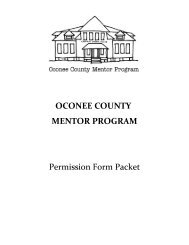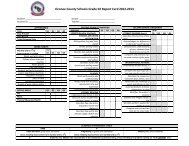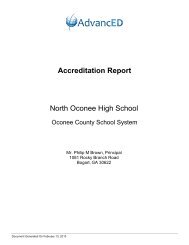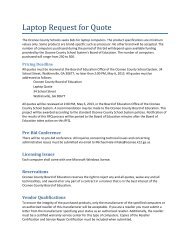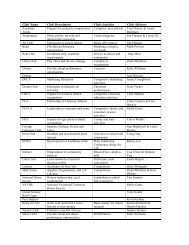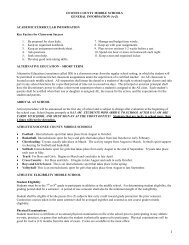Answer Key
Answer Key
Answer Key
Create successful ePaper yourself
Turn your PDF publications into a flip-book with our unique Google optimized e-Paper software.
2. Assume an open economy with a public sector.<br />
(a) Identify two methods of calculating l gross<br />
domestic product for this economy.<br />
Flow of Expenditures (Expenditure Approach)<br />
GDP = C + I + G + (X - M)<br />
Flow of Earnings (Income Approach)<br />
GDP = NI + Rents + Bus. Taxes<br />
- Depreciation<br />
Value-added Approach<br />
Summing value-added for each final good<br />
produced = GDP
(b) Explain why the two methods you identified in<br />
part (a) must yield the same value of gross domestic<br />
product.<br />
Expenditures = sum of factor payments + profits<br />
(income)<br />
or
Supply<br />
Resources<br />
$<br />
$ $ $ $ $<br />
$<br />
Demand<br />
Resources<br />
Households<br />
Land, Labor, Capital,<br />
Entrepreneurship<br />
p<br />
$<br />
$<br />
$<br />
Firms<br />
$<br />
$ $ $<br />
$<br />
Demand<br />
G&S<br />
$<br />
G&S<br />
$ $<br />
$<br />
$<br />
Supply<br />
G&S<br />
FLOW OF<br />
EARNINGS<br />
FLOW OF<br />
EXPENDITURES
(c ) Identify one shortcoming of using gross domestic<br />
product as an indicator of fthe actual level l of national<br />
output.<br />
Underground or illegal economy.<br />
Barter<br />
Home production<br />
Externalities
(d) If nominal gross domestic product increased by<br />
4 percent in 1996, identify if two additional i pieces of<br />
information you need before you can conclude that<br />
the living i standard d of the typical person increased<br />
by 4 percent during that year.<br />
Inflation rate<br />
Population growth



